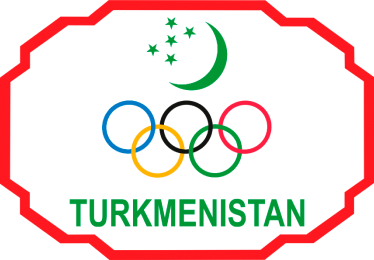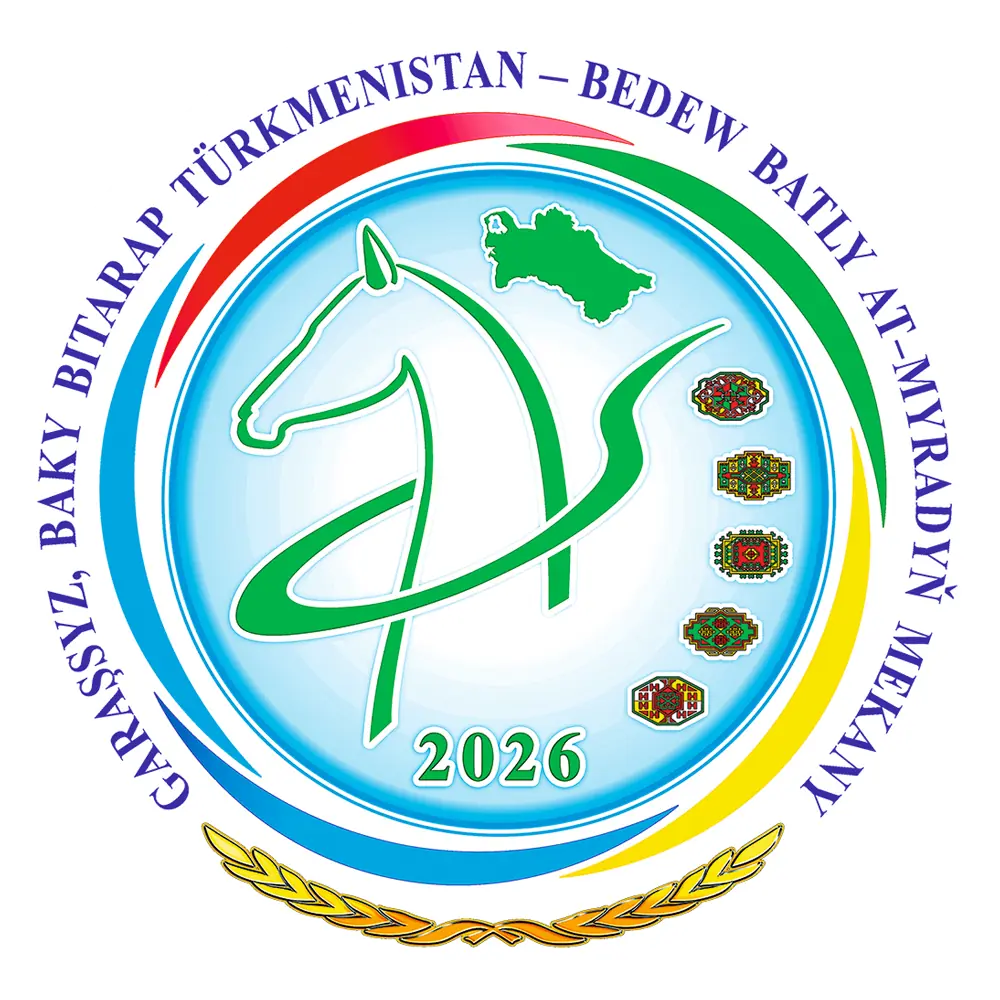
Gymnastics Artistic
The ancient greeks believed gymnastics to be the perfect symmetry between mind and body. Modern gymnastics evolved at the end of the 19th century.



The ancient greeks believed gymnastics to be the perfect symmetry between mind and body. Modern gymnastics evolved at the end of the 19th century.
PHILOSOPHICAL BEGINNINGS
Plato, Aristotle and Homer heartily advocated the strengthening qualities of gymnastic activity. The Greeks believed symmetry between the mind and body was possible only when physical exercise was coupled with intellectual activity.
REBIRTH
The term "artistic gymnastics" emerged in the early 1800s to distinguish free-flowing styles from techniques used in military training. Gymnastic competitions began to flourish in schools and athletic clubs across Europe and made a fitting return when the Olympic Games were revived in Athens in 1896.
Title:
Gymnastics Federation of Turkmenistan
E-mail:
tkmgymnastics@gmail.com
Presidents:
Chagylov Dovran
